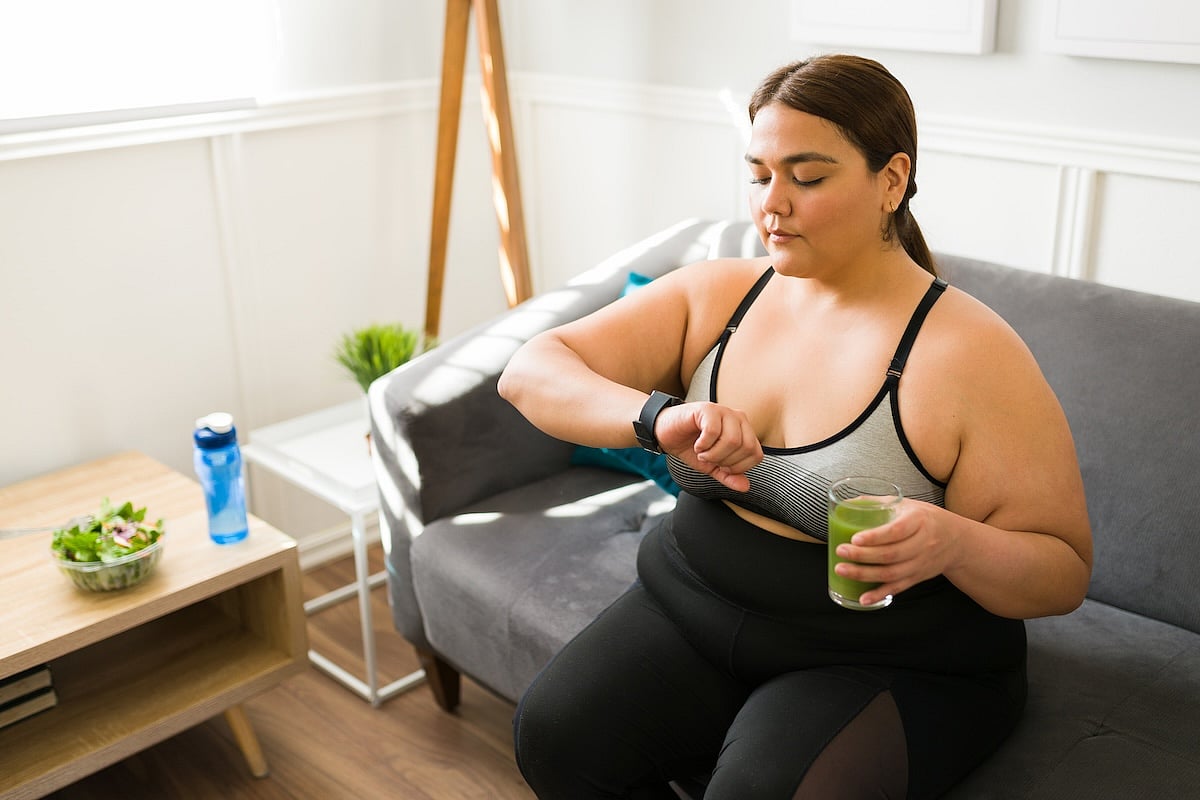Recursos del Paciente
Manténgase sano!
Fitness Trackers Aren't Accurate For People With Obesity
- June 25, 2025
- Dennis Thompson
- HealthDay Reporter

Fitness trackers aren’t accurately assessing the physical activity of people with obesity, a new study argues.
Differences in walking gait, speed, energy burn and other factors mean that folks with excess weight aren’t getting an accurate read from their devices, researchers wrote in the journal Scientific Reports.
“People with obesity could gain major health insights from activity trackers, but most current devices miss the mark,” senior researcher Nabil Alshurafa, an associate professor of behavioral medicine at Northwestern University Feinberg School of Medicine in Chicago, said in a news release.
Alshurafa’s team has developed a new algorithm that enables smartwatches to more accurately monitor the calories burned by people with obesity, researchers said.
Lab tests show that the new algorithm achieves over 95% accuracy in real-world situations, the study says.
“Without a validated algorithm for wrist devices, we’re still in the dark about exactly how much activity and energy people with obesity really get each day — slowing our ability to tailor interventions and improve health outcomes,” Alshurafa said.
Alshurafa said he was motivated to create the algorithm after going to an exercise class with his mother-in-law, who has obesity.
“She worked harder than anyone else, yet when we glanced at the leaderboard, her numbers barely registered,” Alshurafa said. “That moment hit me: fitness shouldn’t feel like a trap for the people who need it most.”
Current algorithms used by fitness trackers were built for people without obesity, Alsurafa explains.
Hip-held trackers often misread energy burn because people with excess weight walk with a different gait and wear the devices at a tilt, researchers said. Wrist-worn devices offer better accuracy, but haven’t been rigorously tested and calibrated for people with obesity.
The team tested their new algorithm against 11 other state-of-the-art methods for estimating exertion, using research-grade fitness trackers and wearable cameras to catch every moment when wrist sensors misread calorie burn.
In one group, 27 people wore a fitness tracker and a mask that calculates energy burn based on the amount of oxygen inhaled and carbon dioxide exhaled.
In another group, 25 people wore a fitness tracker and body camera during their daily activities, the study says.
Alshurafa also had people perform standard exercises modified to take their weight into account — for example, wall pushups as opposed to floor pushups.
“Many couldn’t drop to the floor, but each one crushed wall-pushups, their arms shaking with effort,” Alshurafa said, “We celebrate ‘standard’ workouts as the ultimate test, but those standards leave out so many people. These experiences showed me we must rethink how gyms, trackers and exercise programs measure success — so no one’s hard work goes unseen.”
The next step is to deploy an activity-monitoring app that uses the new algorithm for Apple- and Android-powered smartwatches, researchers said.
The algorithm is open-source, and other researchers are encouraged to test it and build upon it.
“To date, many works have examined the validity of proprietary algorithms from commercial activity monitors,” the research team wrote in their paper. “However, to the best of our knowledge, none of them have published an open-source algorithm that others can replicate using raw data obtained from commercially available wrist-worn sensing devices.”
More information
Harvard Medical School has more on the usefulness of fitness trackers.
SOURCES: Northwestern University, news release, June 19, 2025; Scientific Reports, June 19, 2025

